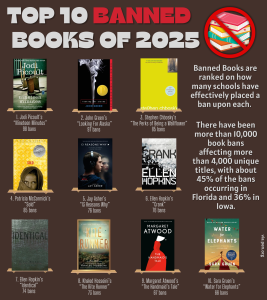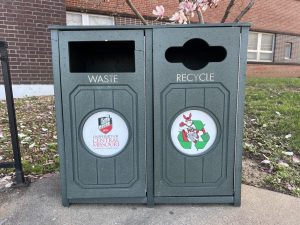The Economic Downsides for Canceling Student Debt
Every economic decision also has consequences
October 5, 2022
The last several weeks have seen fierce debate over President Joe Biden’s move to cancel $10,000 of student loan debt for borrowers who earn below a $125,000 annual income threshold. As every economics student knows, every decision has consequences.
While many of the advocates for this policy have come out to say that this move will help students and even possibly lower inflation, mounting evidence is proving these points to be deeply misguided.
Larry Summers, a former economic advisor of both the Bill Clinton and Barack Obama administrations, commented on twitter that the student loan forgiveness plan could lead to runaway inflation. Summers wrote, “Student loan debt relief is spending that raises demand and increases inflation.”
Now while this may not look like the traditional form of spending we are used to hearing about, students who would’ve used that money to pay off their loans will now be able to use it as extra discretionary income. Following the standard definition of inflation which is what happens when a larger supply of money is chasing the same amount of goods and services, leads us to seeing that money not spent on loans is money that will remain circulating in the economy, thus leading to inflation.
Jason Furman, Obama’s chairman for the Council of Economic Advisors also went to twitter to summarize his criticisms as well.
“Pouring roughly half trillion dollars of gasoline on the inflationary fire that is already burning is reckless.” Furman wrote.
Another major problem is that forgiving student loans could also make college more expensive in the long run.
Biden also introduced an expanded version of an Income Driven Repayment system. According to the latest proposals from the White House those who borrowed money for a typical four-year degree would only need to pay 5% of their earned income while those who took out loans for a graduate degree would only need to pay 10% of earned income.
This process would occur up to 10-20 years depending on how much more they were earning.
Robby Soave, a senior editor at Reason Magazine, wrote, “Under the current system, a prospective student needs a certain amount of money to pay for tuition at a university—say, $50,000—and borrows that sum from the government (i.e., the taxpayers). Later, the borrower pays it back, with interest. The university’s incentives are less than ideal; it might feel free to raise the price of tuition to $60,000, satisfied that the student really wants the degree, and will thus borrow more money, and deal with the consequences afterward… it arguably contributes to rising tuition rates.”
However you look at it, canceling student debt, as noble a cause as it may seem, is a bad decision in an already difficult economic climate.
Whether it be increasing inflation, or increasing tuition rates for later generations of students, this drive for student loan forgiveness will only end in raw deals for almost everyone except those that took out loans.





Rupert • Mar 7, 2023 at 12:51 pm
Canceling student debt could also create a moral hazard, where individuals may be more likely to take on excessive debt in the future if they believe it will be forgiven. This could lead to a cycle of increasing debt burdens and further economic instability.